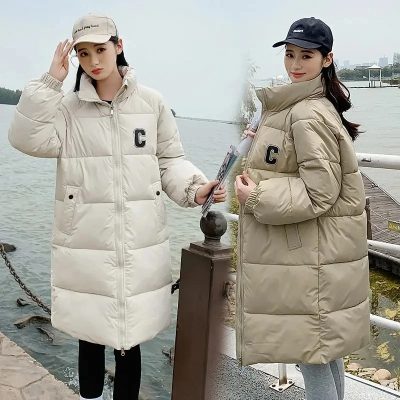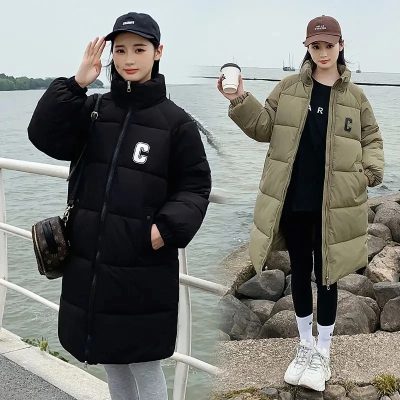Introduction: Women’s puffer jackets are beloved for their ability to provide warmth and comfort in cold weather conditions. At the heart of these jackets lies insulation, a crucial component that traps heat and keeps you cozy. In this article, we’ll delve into the science behind women’s puffer jacket insulation to help you understand what makes them so effective.
- Understanding Insulation: Insulation is the material within a puffer jacket that works to retain heat and regulate body temperature. In women’s puffer jackets, insulation is typically made from either down or synthetic materials.
- Down Insulation: Down insulation is derived from the soft, fluffy undercoating of waterfowl, such as ducks and geese. The loftiness of down clusters creates tiny air pockets that trap heat, providing excellent warmth-to-weight ratio. Down insulation is lightweight, compressible, and highly breathable, making it ideal for cold weather conditions.
- Synthetic Insulation: Synthetic insulation is made from polyester fibers that mimic the properties of natural down. While not as lightweight or compressible as down, synthetic insulation excels in wet conditions as it retains its warmth even when wet. Synthetic insulation is also hypoallergenic and quick-drying, making it a popular choice for women’s puffer jackets.
- Fill Power: Fill power measures the quality and loftiness of down insulation. Higher fill power indicates larger and more resilient down clusters, resulting in better insulation performance. Women’s puffer jackets with higher fill power are generally warmer and more lightweight.
- Grams of Insulation: The grams of insulation refers to the weight of insulation material used in a puffer jacket. Jackets with higher grams of insulation provide more warmth, making them suitable for colder climates or outdoor activities.
- Baffles and Stitching: Baffles are the compartments within a puffer jacket that hold insulation in place. Stitching or quilting prevents insulation from shifting and maintains consistent warmth throughout the jacket. Different baffling designs, such as box baffles or sewn-through channels, can affect insulation distribution and overall warmth.
- Water Resistance: Some women’s puffer jackets feature water-resistant or hydrophobic treatments on the outer fabric to repel moisture and maintain insulation performance in wet conditions. This is particularly beneficial for outdoor activities or unpredictable weather.
Conclusion: Understanding the science behind women’s puffer jacket insulation is essential for making informed decisions when purchasing a jacket. Whether you opt for down or synthetic insulation, consider factors such as fill power, grams of insulation, and water resistance to ensure optimal warmth and comfort in cold weather. With the right insulation technology, you can stay cozy and stylish throughout the winter months.







